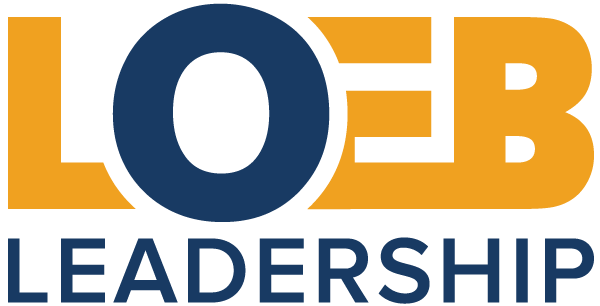Active Listening for Lawyers
Active Listening for Lawyers
By Tricia Fratto, Esq. and A. Jonathan Trafimow, Esq.
For our purposes, active listening for lawyers involves more than simply being able to accurately report back what another person in a conversation has said, although it certainly includes that. Active listening also involves communication while still primarily receiving information, through body language, encouragement/demonstrated interest, appropriate questions and other forms of engagement. Active listening offers value to lawyers who understand it at all phases of the attorney-client relationship.
While every lawyer does business development in their own way, we have found that active listening is a critical skill. In our experience, many business generators nurture relationships in their social networks; indeed, for some, there is no sharp demarcation between “business relationships” and their social network. Many business generators understand that those
in their networks will tend to refer clients to lawyers they trust, not just to be competent and ethical, but to have the interest (and ability) to truly understand what matters to them and who they are. Active listening engenders trust; trust leads to introductions; introductions lead to business. And, active listening during the initial conversations with the prospective client may persuade them that you are connecting with them and their legal concerns.
Following client engagement, lawyers are called upon to apply active listening in a variety of situations. Active listening is critical to truly understanding a client’s motivation and ultimate goals to help guide them to a successful outcome. Lawyers may also be called upon to conduct internal investigations, depositions, or other witness interviews. While this is the place we find that our active listening skills really shine, we have learned to be cautious about falling into the trap of rushing to judgment.
People may be nervous, uncomfortable, or even defensive but not, at the same, time “guilty” or able to provide information that helps an investigation. Rephrasing and repeating questions and paying close attention to changes in demeanor or comfort, are much more productive than thinking a particular eye shift or other “tell” acts as a lie detector.
Business development is not the only skill needed in the law firm setting, and for attorneys working “in-house” for companies or non-profit organizations or in other legal settings, it may not be an important skill at all. For most of us, however, active listening is critical to building successful relationships with people at all levels in your organization. This applies to work you may do on committees within your organization to teams assembled to work on complex matters to interactions with managers and staff. Understanding their stresses and pressures may help you successfully navigate challenging workplace situations.
Active listening can communicate to everyone in the workplace that they are being heard, understood and valued.
We end, perhaps a bit whimsically, by considering whether active listening can help attorneys in private practice get their invoices paid. In our experience, when clients question an invoice it is because there is a problem, even if that problem has nothing to do with the satisfaction with the legal services you and your colleagues provided. The challenges of running certain businesses during the COVID-19 pandemic, for example, could provide unusual challenges to a client in connection with paying for their legal services. Active listening may turn what could have been a negative conversation with a frustrated client into a positive moment of understanding, with a commitment towards working with your client through a challenging moment for them.
From the first introduction through the entire life-cycle of a client engagement and beyond, active listening skills enhance a lawyer’s business, client, and colleague relationships. We hope that this discussion encourages lawyers to develop strong active listening skills and consistently focus on applying these skills to every interaction.
